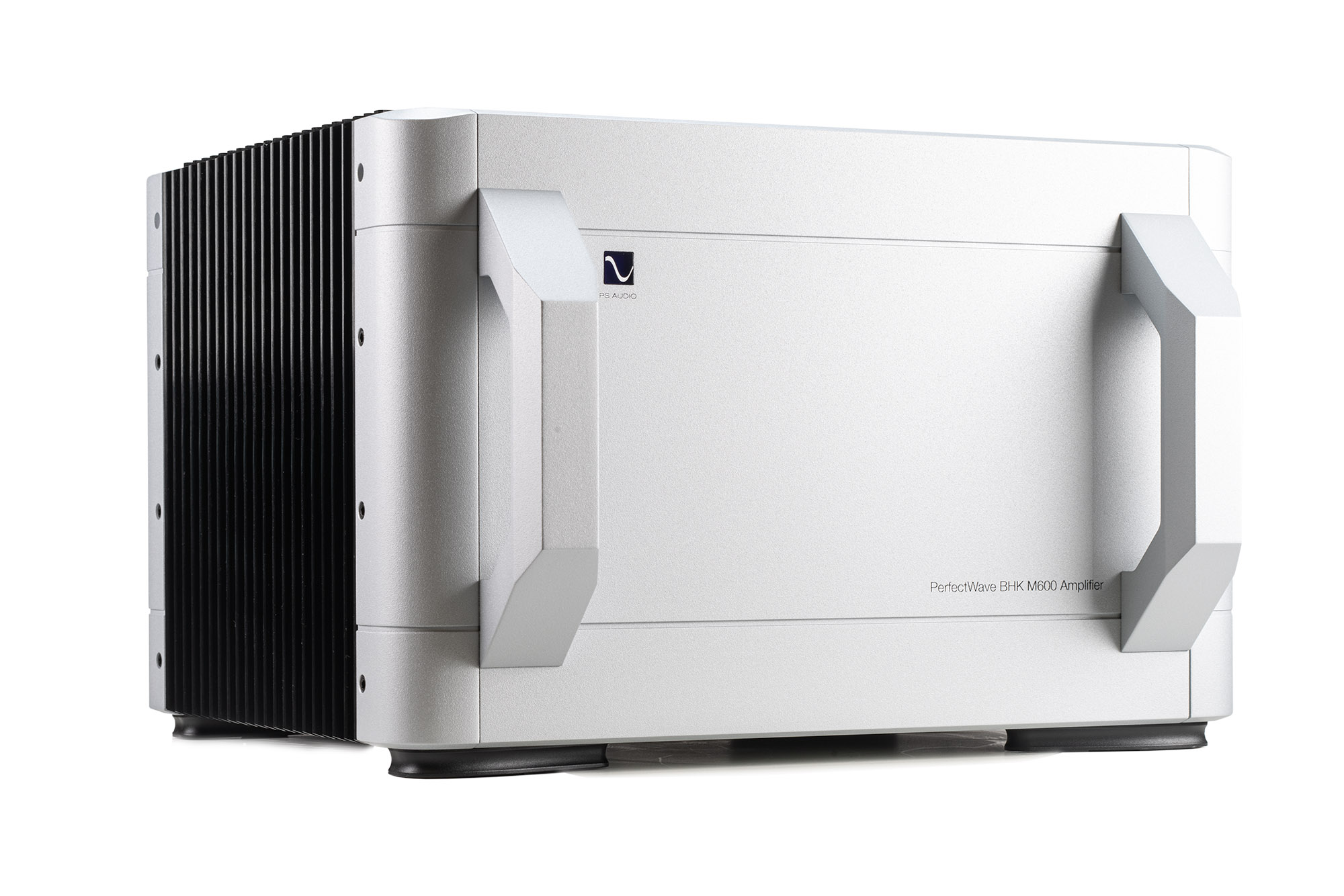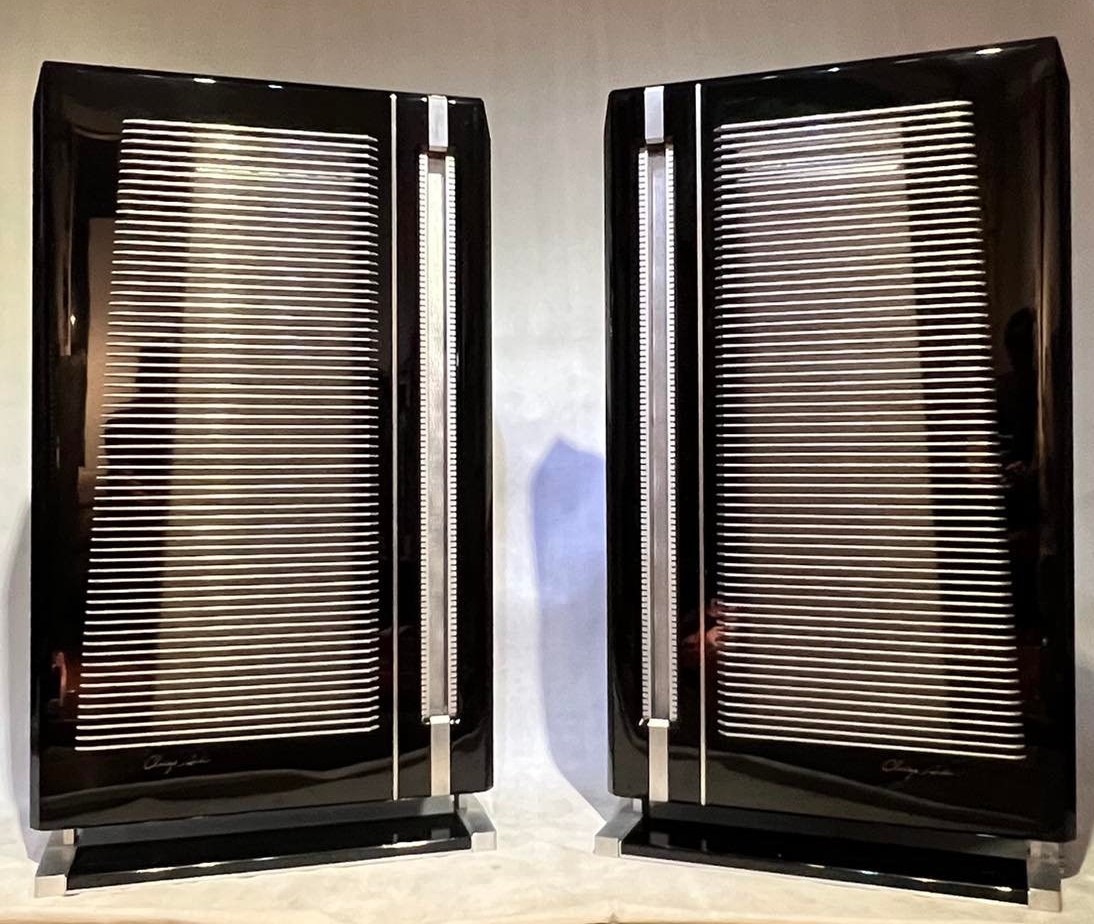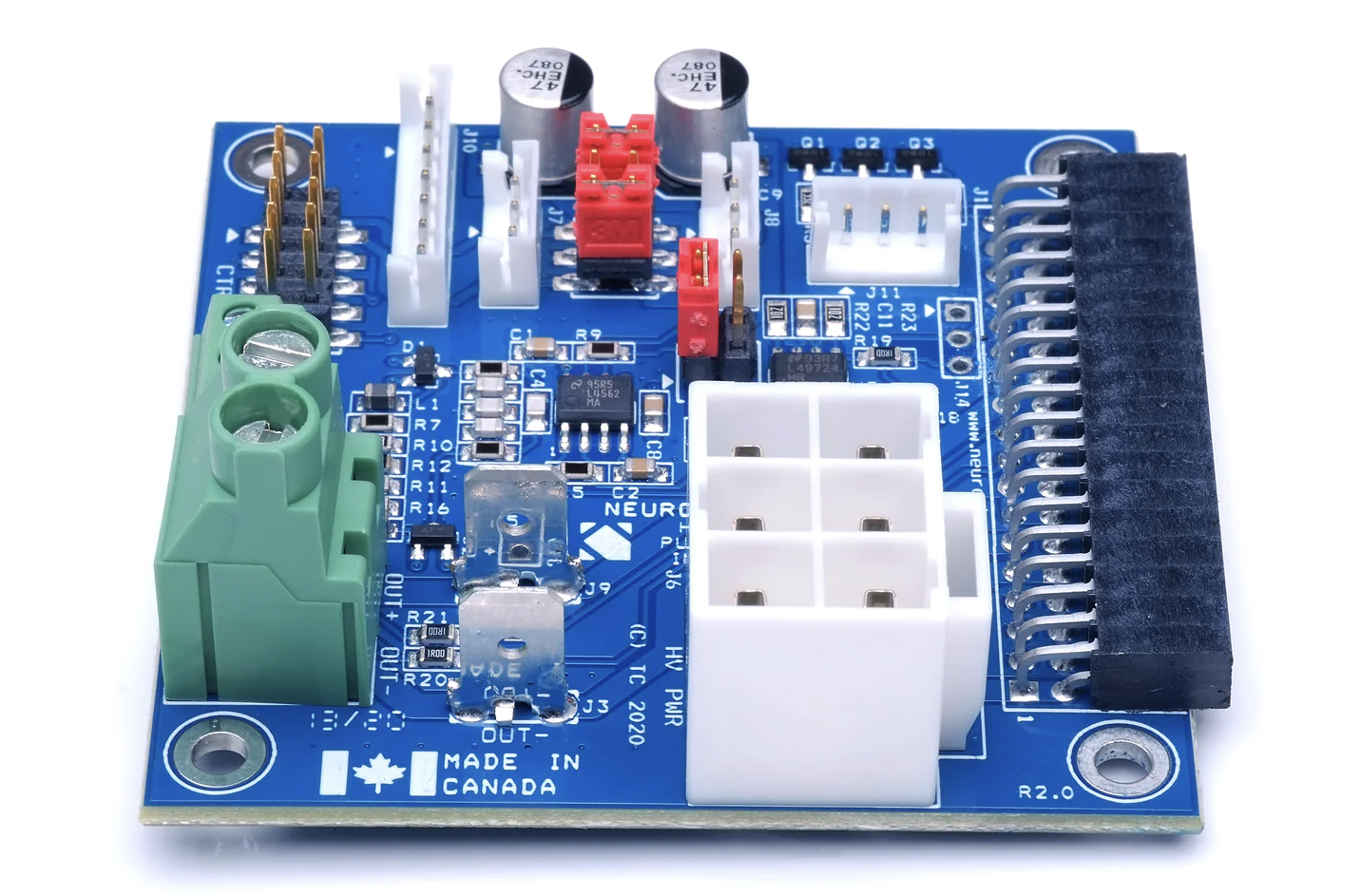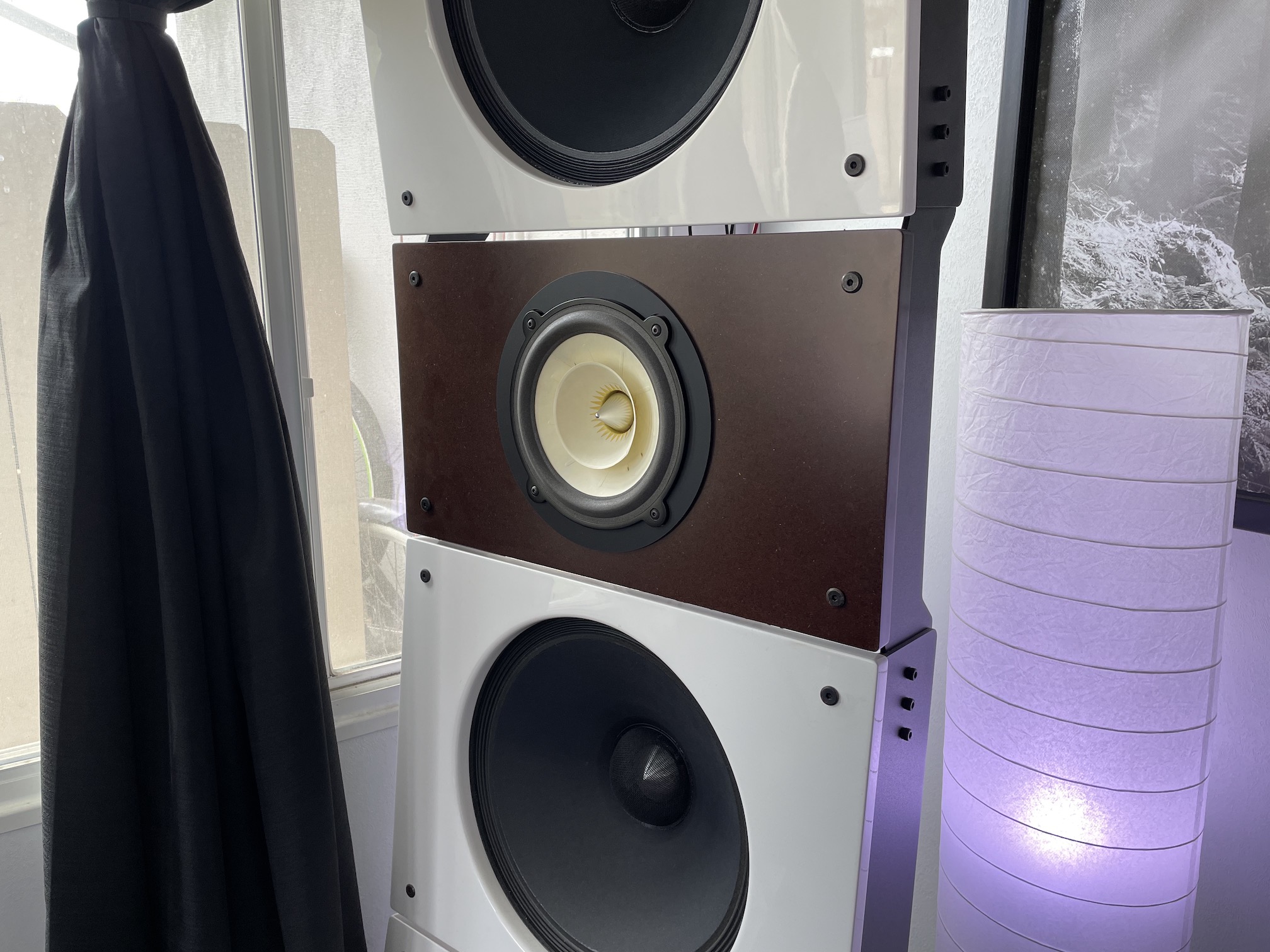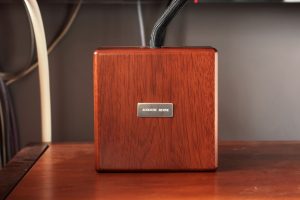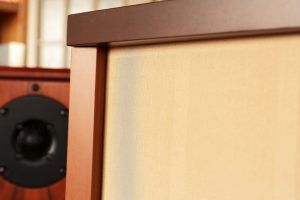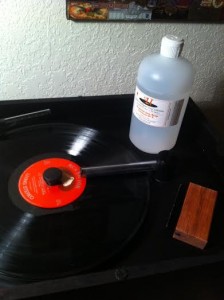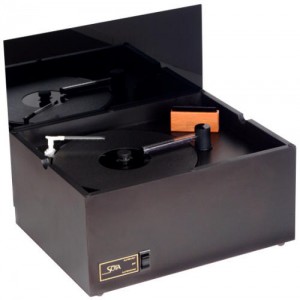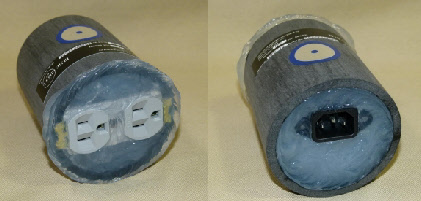
It's interesting, to wonder about the electricity that enters your home, and the overall effect it can have on your audio reproduction system. I think most people put it "out of sight out of mind," as they may feel there isn't anything they can do to improve upon it, but there is.
Just like tap water, most prefer to filter it. This is for taste, and to weed out impurities for peace of mind and health benefits. One major issue with residential power is that you may have DC riding your AC lines—and that can wreak havoc on your audio equipment, especially those that use any form of transformer (hint—just about everything). Transformers, at a basic level, "transform" your electricity into voltages that your gear is looking for. The problem with having any sort of 3rd party "noise" on your power line is that your transformer can start to resonate and cause noises that come straight out of your equipment. This may be in the form of a vibration, or a hum.
Well, for me this can be a deal breaker. I quite often listen to what is referred to as "quiet music." I've worked really hard to build a system that plays only music, and removes any sort of 3rd party noise. This mantra is withheld on all fronts; Vinyl playback (using a high-mass Triangle Art turntable) mounted to a special wall shelf, high end phono stage (on loan from LKV, an amazing piece), all sorts of audio isolation "feet," you name it, I've done it. I've gone to great lengths to improve my playback system, the only part I can't do much about, is my electricity—as I live in a townhome unit, so "what you see is what you get" basically.
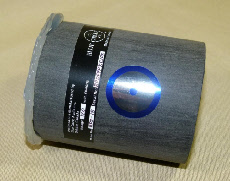
Lucky for me, there are companies out there that recognize these needs, such as Blue Circle Audio. To say I was amazed when I saw their small booth at RMAF 2014 is an understatement. It didn't really look like an "audio booth" rather, it was more of a mad scientist's booth. This intrigued me as there were all sorts of units there, with a full demonstration suite in their arsenal. I saw a table full of power filtering devices, but before I looked too hard, I asked them the question, "Do you guys make any sort of DC blocking device?" The look on their face was priceless—it was one of "uh duh!" and "wow, let's talk more!" First, they asked me a very "engineering" like question—how do you know if it's DC you're having problems with? I answered with a few ideas that I thought were valid, mostly that I was hearing an audible hum through my amplifier (not speakers), and well, I connected an o-scope to my power receptacle and visibly saw DC riding on the AC signal. Most will not go to these lengths, I just happen to enjoy electricity study as a hobby and have an o-scope as part of my tools.
Before I go on any further, let me try to explain (in brief) how DC can get onto your AC lines, and what sort of problems it can cause. Please note, I'm borrowing these explanations from their website as they are succinct and easy to understand:
"What is DC Offset?
The simplest explanation of DC offset is an imbalance in the AC. A more technical explanation is as follows: DC offset is when an AC signal, in this case the 120 V 60 Hz line voltage, is offset by a constant DC voltage. This should not be confused with noise distortion. Noise distortion is when unwanted AC components are added to the supply voltage, such as through radio-frequency interference (RFI) or electro-magnetic interference (EMI).
What Causes DC Offset?
The causes of DC offset are varied and in most cases occur outside of your home. There are some residential sources of DC offset, such as the half-wave rectifiers used in halogen lamps, CFLs and LED lighting, but industrial processes are a much greater source of DC offset. They load the mains asymmetrically (in an unbalanced way) resulting in a DC offset. It should be noted that DC offsets are often transient and can increase, decrease, and disappear randomly, depending on the load that is being applied to the grid in your area.
What Are The Symptoms of DC Offset
The most common symptom of DC offset in an audio system is noise production from the power transformer in your amplifier. The larger the transformer, the more susceptible it is to DC offset. DC offset will manifest itself as a "growl" or buzzing sound. Toroidal transformers are especially susceptible to DC offset. There are other concerns with DC offset that are not so obviously apparent to the listener. DC offset forces the transformer to run in an unbalanced mode, and can even cause core saturation. This can result in a loss of power being delivered to the amplifier circuitry."
I hope that was descriptive enough. Basically, garbage in, garbage out. Another quote I borrow from their website is that it's like putting better fuel in your car. You all may have experienced when you've got a "bad tank of gas," well, this is like audio detergent!
After installing the device between my mains and my Plinius SA-250 mkIV (oldie but goodie), I immediately noticed positive effects. The amplifier just seemed happier! No more growl. To be honest I was a little worried about the current draw of the amp, but there were no issues here, so rest assured it will play nicely with your equipment.
What about the music? Oh right... the most important part. Well, I will say, it's nice to not have to hear any buzzing from your gear, so immediately you're presented with a lot less "distractions," and are able to really engage and immerse yourself into the music. I can say it's also had a positive effect on what I hear from my speakers. This may all be in part from the toroidal transformer being under less stress, and be able to provide more clean / pure AC straight to the rest of the components inside of the amplifier. With the entire hum out of the way, I hear pure instruments, perfect tonality, better pitch! And this includes string instruments, pianos, etc. From vinyl, no less.
As I complete this review, I'm listening to "Brambles – Charcoal", a special "250 only made" release where there was a large attention to detail performed here—the label mentioned it had to go back to the pressing plants several times to get it right. So I will argue to say that this is a perfect reference recording to demonstrate the differences with both having the device in the chain and removed. Night and day, folks! It's one thing to be less distracted by outside noise, but another to actually just sit and listen to the beautiful music intended to be heard.

Even if you don't have audible hum, I highly recommend this tweak to anyone looking to journey deeper into quietude. Pete Davey
RPD-15 DC Offset Blocker
Retail: $200
Blue Circle




